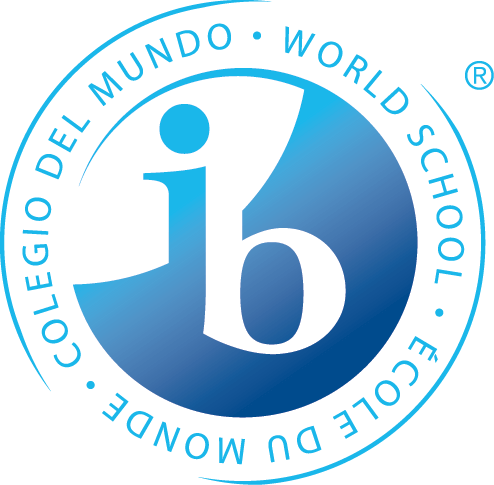Disseminating the idea of international cooperation among children and young people contributes to building mutual understanding, and thus to maintaining peace in the world. This assumption was the basis for the creation of the program in 1953 UNESCO Associated Schools. At that time, 33 secondary schools in 15 countries joined the program. Today, 8,500 educational institutions from 180 countries participate in the program, ranging from kindergartens to teacher education institutions. Polish schools joined this program in 1956. Participation in the UNESCO Associated Schools program is accompanied by a moral obligation to take all measures to promote a culture of peace and mutual international understanding.
The logo of the UNESCO Associated Schools network consists of linked symbols: an open book (education), the pages of which also denote the outstretched wings of a dove (peace) and the globe (dialogue of cultures).
UNESCO Associated Schools are committed to:
To achieve the basic goals set out in UNESCO Constitutional Act, planning your activities based on the four pillars of education, presented in the report of the International Commission on Education for the 21st Century(Raport Delors’a):learn to know – that is, to acquire tools of understanding; learn to act – be aware of the impact on the environment and take advantage of this opportunity; learn to live together – be an active member of the group, society, be able to cooperate; learn to be – develop your personality, learn personal responsibility.
Get involved in the implementation Milenijnych Celów Rozwoju, which UN member states are committed to achieving under the UN Millennium Project
Treat your participation in the UNESCO Associated Schools program creatively and inform the UNESCO national committee once a year about the programs and initiatives being implemented.




